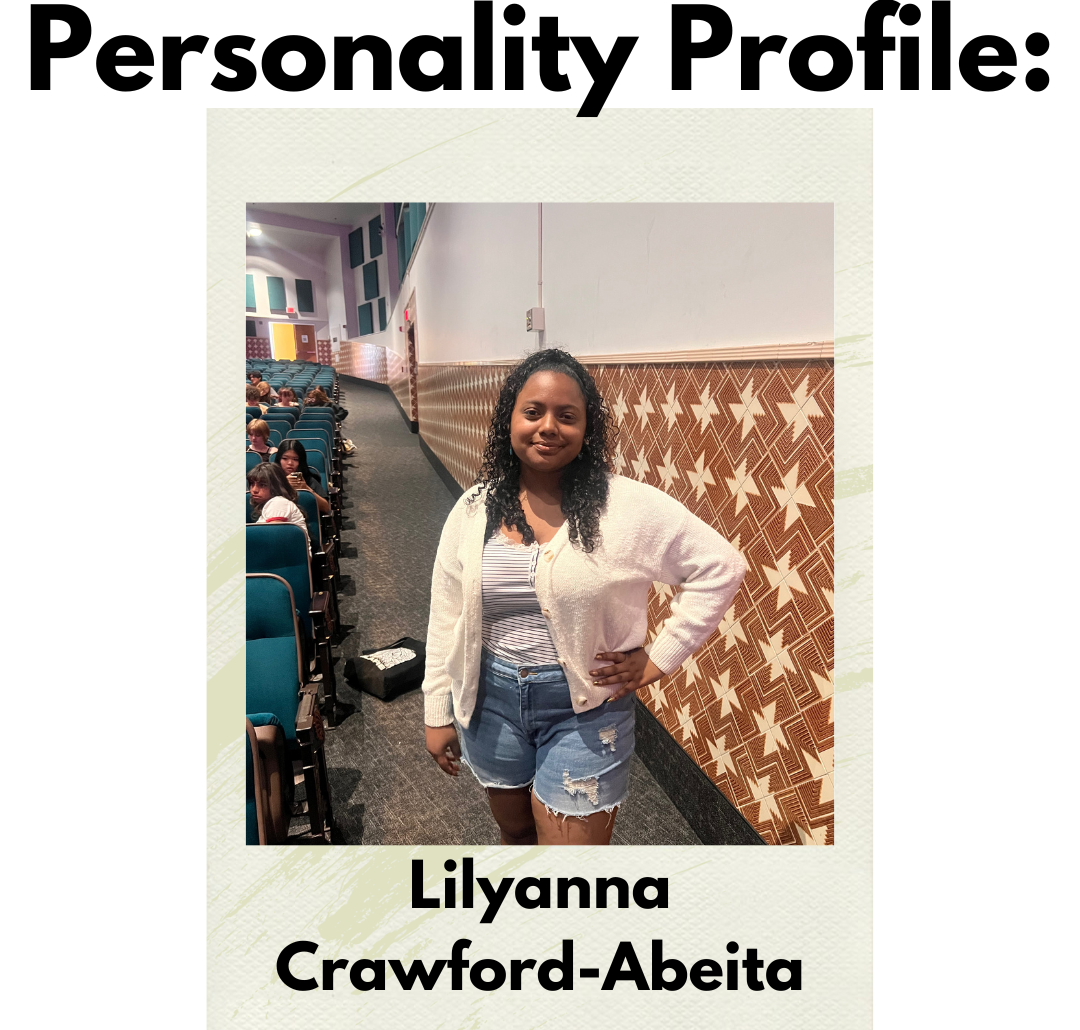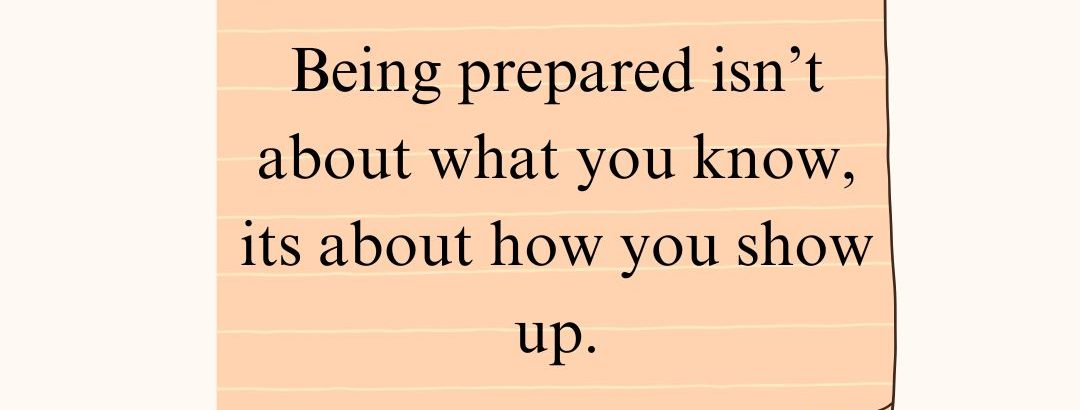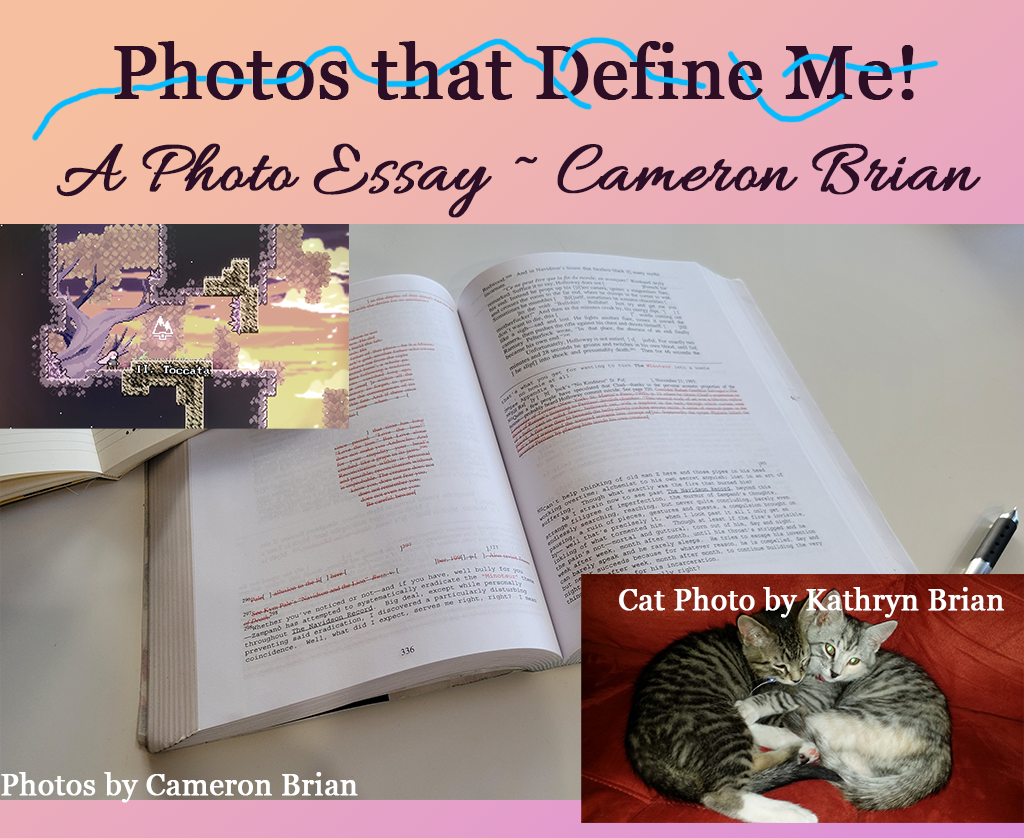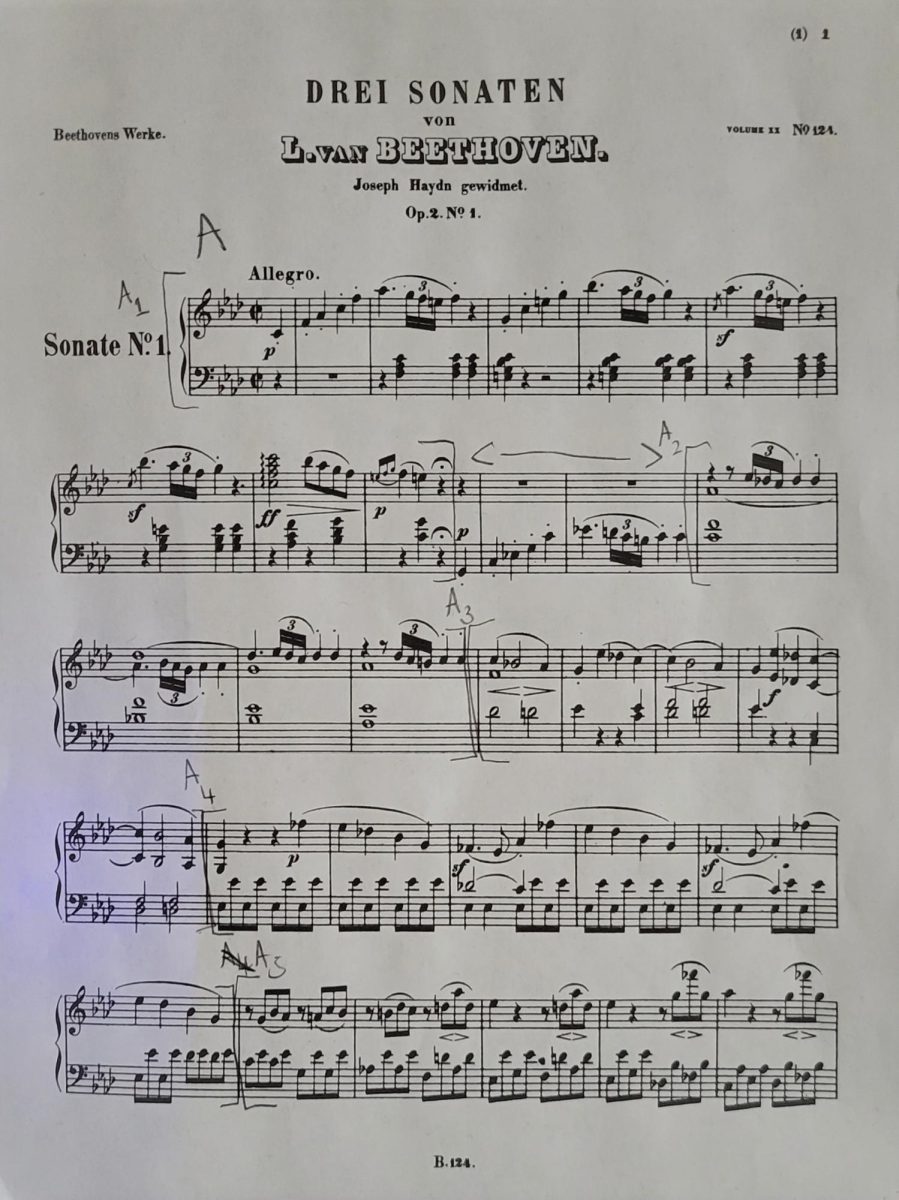Ludwig van Beethoven is famous for many symphonies and compositions, like Symphony No. 5 or his Moonlight Sonata. However, his 32 piano sonatas, though not all of them are famous, are perfect examples of beautiful compositions. At the forefront of this collection of music is Beethoven’s Piano Sonata No. 1, an extraordinary example of taking a simple melody and developing it into a full piece.
In music theory, a sonata is written using a specific form. The piece starts out with an introduction, sometimes called the exposition or the A section. This introduction sets the key of the piece, but leaves room for further development. Often, the piece stays in its original key (major or minor) or switches over .
The development, sometimes called the B section, is often the most beautiful sounding part of the piece, since the composer often experiments with the melody and changes keys. A piece that starts out sad-sounding could be given a lighter aura in this section, or a happier piece may become darker. Often the most interesting parts come from here. As the key changes, this often creates opportunities for more interesting phrases.
The piece then returns to its roots, in a section called the recapitulation. This part repeats the A section but in a different way. The same melody is used, but instead of simply repeating, it is rewritten entirely to sound more interesting. Although it is the least memorable of the three parts, it is arguably the most important, as you need a solid ending to a piece for it to be a complete story.
Beethoven’s Piano Sonata No. 1 (first movement) demonstrates this structure perfectly. The piece opens with a simple but very memorable melody line, an ascending melody followed by a non-resolving chord, a chord that does not “complete” the line, but rather ends it on a cliffhanger. This simple melody leaves room for development as well. For example, the parallel phrases are different at the beginning of the development section but has the same shape but in a different key.
Later in the exposition, another melody is created, one that is much more complex. It starts with a repeating note in the baseline, accompanied by a descending line of notes. Soon, the baseline becomes much more complex, and the melody rises up creating tension. The tension is released as the melody descends and the baseline simplifies, creating an interesting section.
The development of the piece starts with the same melody as the beginning, but in a different key. However, the piece quickly takes a turn as the second melody quickly returns. The beginning of the second phrase is repeated in different keys, causing lots of tension, and the key quickly changes every couple of bars, until the tension is released and the recapitulation begins. As the development goes on, the piece settles back into F-minor (the original key), and the recapitulation begins.
This shows how the sonata form can be used to create interesting music. There is a sense of development that is built into it which causes it to lose the repetitiveness that some pieces have. There are many examples of sonata forms in not only Beethoven’s works for piano, but also from other instruments made by many different composers. For example, Wolfgang Amadeus Mozart has also composed many sonatas, for both piano and violin. Listening to all of the different classical composers can really help you get a sense of how classical music is structured, and it can also be a great addition to your playlist.

























